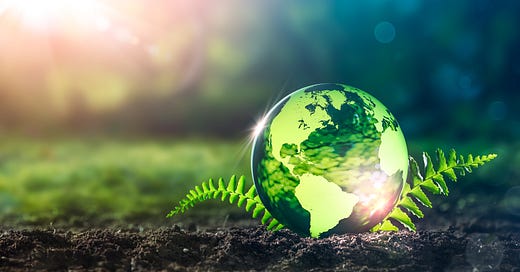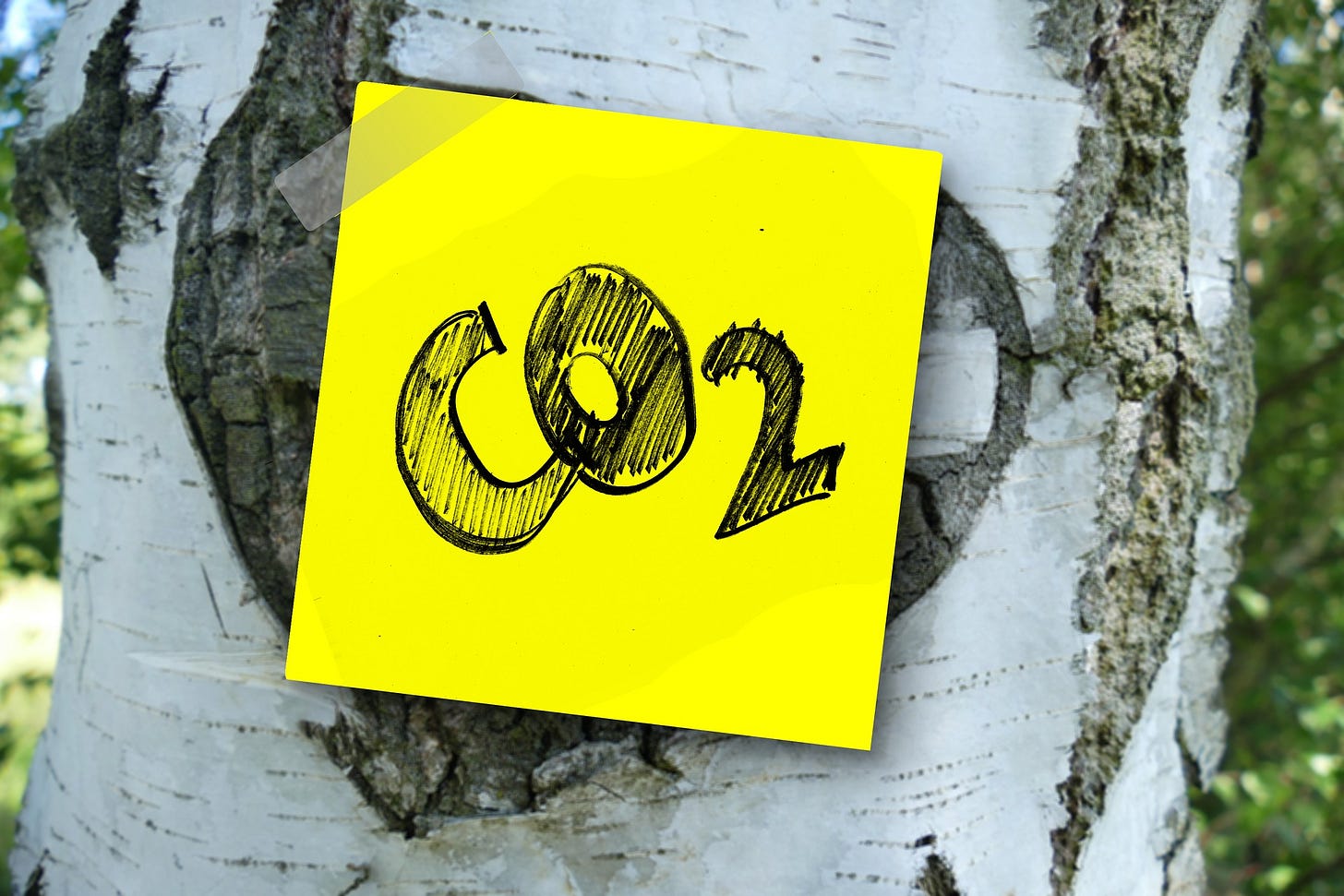Climate & Fear
We dig deep into carbon capture, explore new climate imaging, and savor a Buddhist monk's engagement with fear.
Welcome to the forest, friends.
The parade of pewter skies, fog, drizzle, temps in the 50s and associations with “Baltimore, winter of 2002, no sun for a month” has barely relented for weeks in Boulder, Colorado.
Complaints tempt, epecially when moods grow soggy. But it’s the Mountain West. We beg for moisture most of the time.
Fire season has started early in California. Forecasters predict fires could ravage the West this year. I may not revel in my patch of Earth’s resistance to the spring of 2021. But I won’t condemn it, either.
We’ve always got wine, at least.
Enjoy the latest Letter From the Forest. We offer a deep guide to carbon capture, a concept that seems to rise in importance every month. We urge you to check out an unsettling infographic crafted by New York Times whizzes that illustrates different ways in which climate has changed in the United States since 1900. And we link to a piece that explores the great Buddhist monk Thich Nhat Hanh’s book, “Fear: Essential Wisdom for Getting Through the Storm.”
Everybody wrestles with fear. Thich Nhat Hanh helps us better understand and even appreciate it.
The Carbon Capture Guide
I spend a lot of time reading about climate change and myriad other environmental crises. This may help explain my passion for wine.
Climate topics often share similar themes. For example, most climate change issues touch on aspects of human activity.
One especially prominent theme is the role of carbon dioxide in Earth’s warming climate. Most of us understand that reducing carbon emissions is essential for the survival of life on Earth. We also hear a lot about the importance of capturing carbon before it enters the atmosphere, and storing it.
As I explored climate issues with increasingly more passion, I began bookmarking well-done pieces about the many places where carbon and climate intersect. Eventually I tired of returning repeatedly to different research papers and news stories.
I created this guide to fix in one place a range of carbon-related material. I hope you find it helpful. Do not hesitate to offer constructive criticism, as well as fresh avenues for me to pursue! The guide is a living document.
200 Years of Warming
Words can move me in powerful ways. The book I Am, I Am, I Am: Seventeen Brushes With Death by the Irish writer Maggie O’Farrell, shot me into the heavens, flattened me and compelled heart palpatations while I read it a few weeks ago. Her book Hamnet accomplished similar effects; I even gasped (literally) upon reading the last sentence.
Images, too, can precipitate change and enlightenment. A recent video graphic crafted by New York Times visual savants helped cement for me the extent to which climate in the United States has evolved since 1900. Do spend time with the graphic. Give it license to further quicken your commitment to wrestling with climate change.
Thich Nhat Hanh On Fear
Much of what I offer in LFTF stokes fear. The warming planet will transform society, culture, politics, quality of life and much more for the worse. Commercial fishing is destroying our oceans. Regulatory failures and absences allow environmentally catastrophic commercial pursuits to continue, if not thrive.
Great Buddhist teachers like Thich Nhat Hanh make confronting fear part of a daily practice. By facing fear, rather than burying it within our psyches, we can understand it with more depth and nuance. Place it into cosmic contexts that mitigate the bite of its potency. Transform it.
This review, which digs into Thich Nhat Hanh’s book Fear: Essential Wisdom For Getting Through the Storm, persuaded me to read the book. Can’t wait to do so. Fear captures far too much of my brain. Buddhism has helped me witness it, assess it, live with it and even turn it into helpful things.






